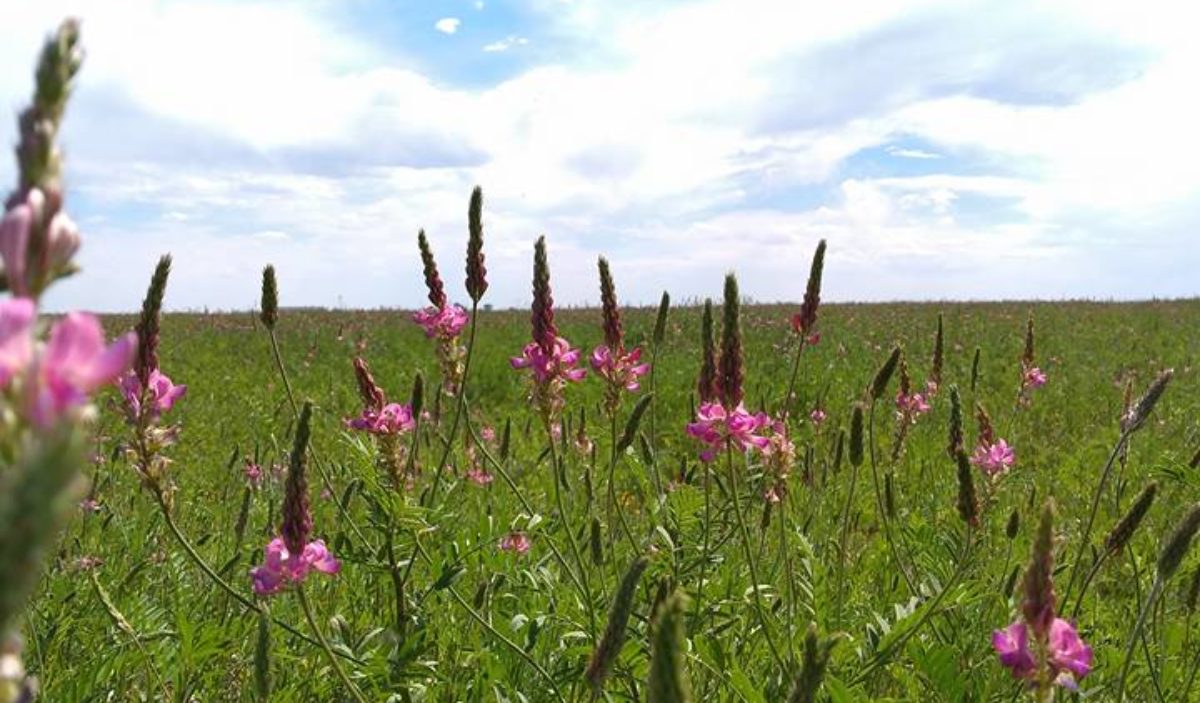I have worked full time for an amazing couple for the last six and a half years. I love my job. It’s varied and interesting. I’m the only employee so I have an amazing amount of freedom to do whichever task I would like to do at a given time. This job has enabled me to buy hundreds of trees and bushes. This job has been something I’ve truly loved.
So, why am I leaving? Our kids. They have been happy in their childcare center and I have been happy with it as well. That is no longer the case. I do not want to move them to a different center. Our oldest will be in kindergarten next year and he does not take to change well. When we weighed our options it became clear that the best thing to do was stay home with our children.
However, I see it more as the eventual career shift we knew I’d be making happening just a bit faster than planned. We always knew that when the farm was stable I’d quit to farm full time. We aren’t there yet. We only have 5 acres planted, so many more to go. My time has been quite stretched though. There were times this spring when I wasn’t sure I could do everything I was doing. I am relieved to know that I will not have to split time between the farm and my day job any longer. I’m also relieved to have before and after school care figured out for our Son.
I’m not all that sure how I will do things yet. Daughter doesn’t much like being outside. I’m not sure where she gets that from. So I’m not sure how I’ll manage all my chores with her. I’m excited to figure it out though. I’m excited to start a new chapter of our life. I’m excited to be able to devote my time and attention to our trees and plants.
She fell in some mud at the barn and was SOOOOO mad!
Things will be slower now. I’ll be growing more from seed. I’ll be grafting from the trees I have established already. I’ll be more restricted with financial resources. I’ll be so freed up on my time though, I think it will even out. I can finally dig that pond we need for irrigation and the pond we want for swimming. I can build more Kraters. I can build a giant hugelkulture to block wind where it’s needed. I can do so many things now.
So this winter I’ll be focusing on the house. It has been sadly neglected and I fear I am going to be purging vast amounts of useless stuff. I’ll be turning our unfinished basement into a winter play area for the kids. I’ll be finishing the kitchen (I hope). I’ll be very busy this winter.
So stay tuned for interesting things to begin happening on the farm!
Also, pig pets!


















































